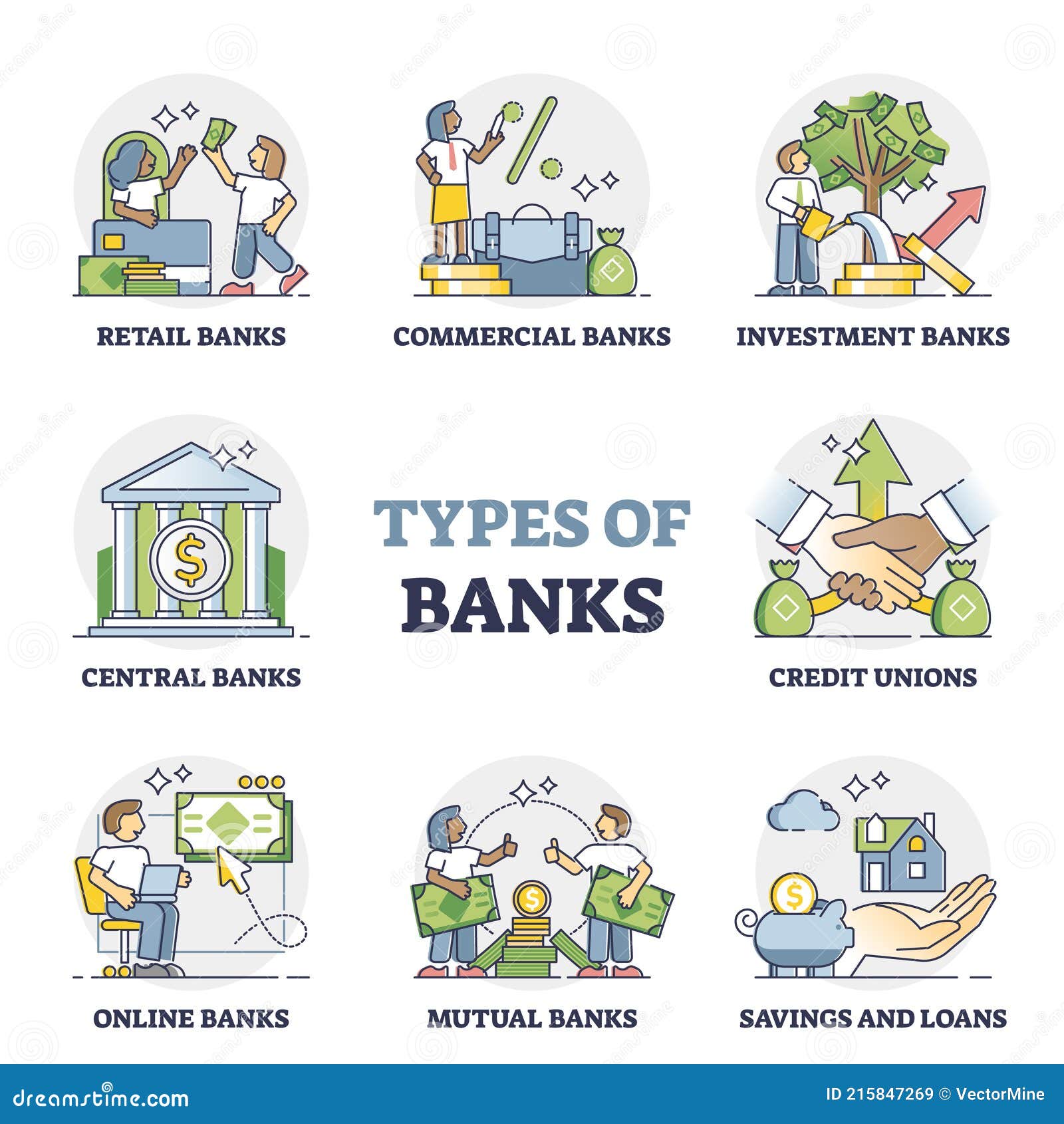Financial institutions play a crucial role in the economic stability and growth of any country. They provide a plethora of services that cater to both individuals and businesses, including savings accounts, loans, investment opportunities, and more. However, not all features are common across all financial institutions. This article delves into the nuances of these features to help readers understand what sets different financial institutions apart.

When we think about financial institutions, we often consider banks, credit unions, insurance companies, and investment firms. These entities are designed to manage money, offer financial services, and support economic activities. However, the question arises: which of the following is not a common feature of a financial institution? Understanding the common and uncommon features can help individuals and businesses make informed decisions about where to manage their finances.
Key Takeway
Financial institutions share many common features, but there are also distinct differences that set them apart. Here are some key points to consider:
- Common features include providing loans, accepting deposits, and offering investment services.
- Not all financial institutions offer insurance products.
- Some institutions may not provide personal financial advisory services.
- Regulation and oversight can vary significantly across different types of financial institutions.
Explaination
Involving Parties?
Financial institutions encompass a wide range of entities including commercial banks, savings and loan associations, credit unions, brokerage firms, and insurance companies. Each of these institutions serves different purposes and caters to various financial needs. For instance:
- Commercial Banks: Primarily focused on accepting deposits and providing loans to individuals and businesses.
- Credit Unions: Member-owned institutions that offer similar services to banks but often with better rates and lower fees.
- Insurance Companies: Provide risk management through insurance products but may not offer traditional banking services.
- Brokerage Firms: Specialize in investment services and securities trading, often not providing traditional banking services.
Timeline of Events
The evolution of financial institutions can be traced back to ancient times when money lending and currency exchange were common. Significant milestones include:
- 17th Century: The establishment of the first modern banks in Europe.
- 19th Century: The rise of investment banks and insurance companies.
- 20th Century: The expansion of financial services and the introduction of regulatory bodies.
- 21st Century: The advent of digital banking and fintech innovations.
Impact on Personal and Professional Lives
Financial institutions significantly impact both personal and professional lives. On a personal level, they provide the means to save money, obtain loans, and invest for the future. Professionally, businesses rely on financial institutions for capital, risk management, and financial planning. However, the absence of certain features in some financial institutions can affect decision-making:
- Personal Impact: Individuals may find it challenging to get comprehensive services if their bank does not offer insurance or investment advice.
- Professional Impact: Businesses might need to engage multiple institutions to meet all their financial needs, leading to increased complexity and costs.
Press Reaction
The role and features of financial institutions have always been under public and media scrutiny. Significant coverage often revolves around regulatory changes, financial crises, and innovations in the sector. For instance:
- 2008 Financial Crisis: Highlighted the risks associated with certain banking practices and led to increased regulation.
- Introduction of Fintech: Garnered positive media attention for making financial services more accessible and efficient.
Future Plans
The future of financial institutions is geared towards more integrated and comprehensive service offerings. With the rise of fintech, traditional institutions are evolving to include more digital services. Key future trends include:
- Integration of AI: Enhancing customer service and financial advisory through artificial intelligence.
- Expansion of Services: More institutions are likely to offer a combination of banking, insurance, and investment services.
- Regulatory Changes: Ongoing adjustments to regulations to ensure stability and protect consumers.
Understanding which features are common and which are not in financial institutions is crucial for making informed financial decisions. While most institutions offer basic banking services such as loans and deposits, not all provide insurance products or personal financial advisory services. By recognizing these differences, individuals and businesses can better navigate the financial landscape and choose the institutions that best meet their needs.
As financial institutions continue to evolve, staying informed about their features and services will remain essential. Whether you are an individual looking to manage personal finances or a business seeking comprehensive financial solutions, knowing what to expect from your financial institution can make all the difference.

